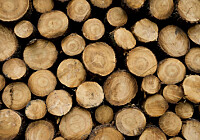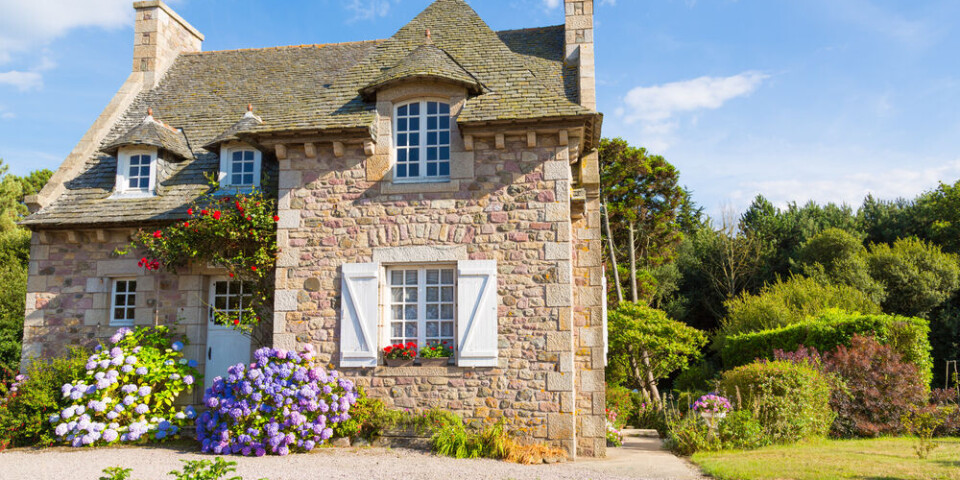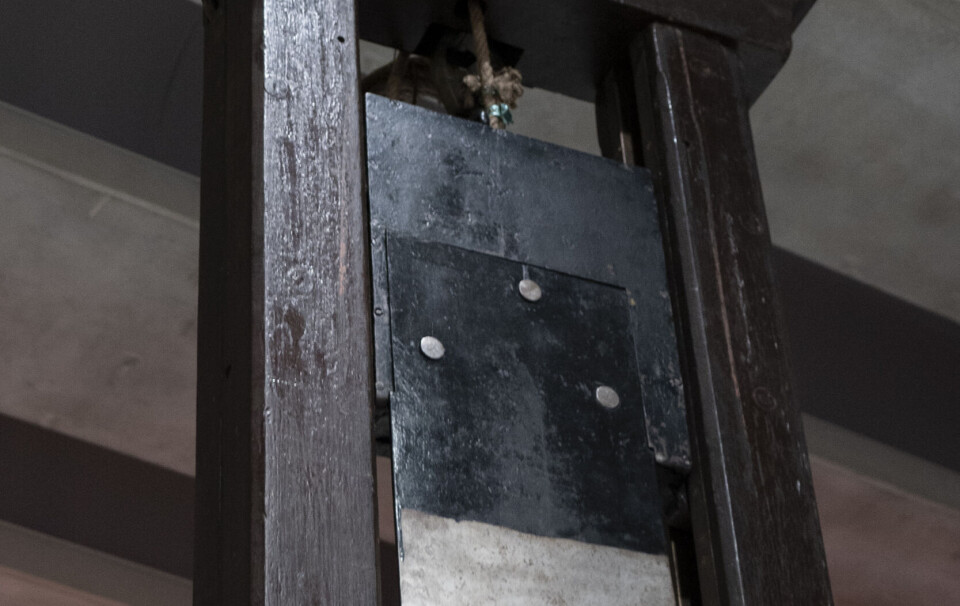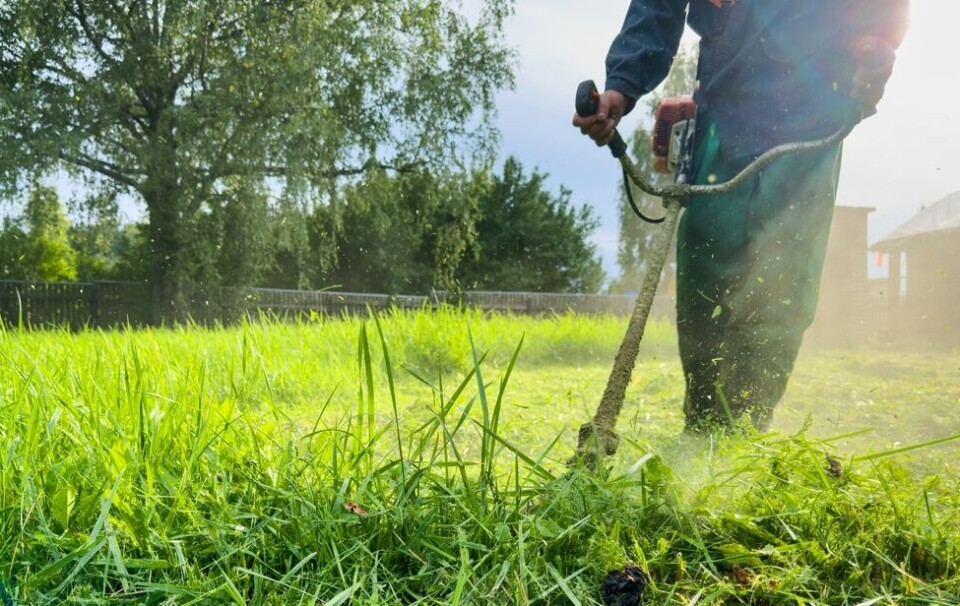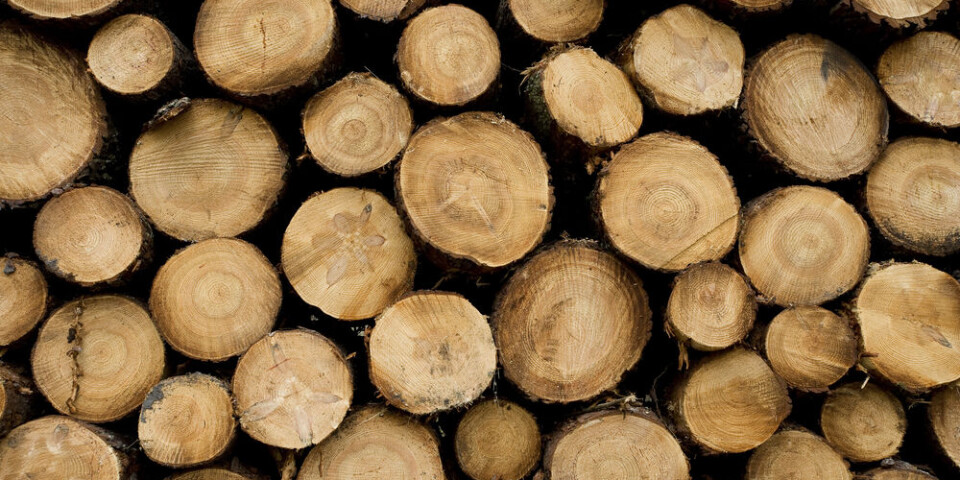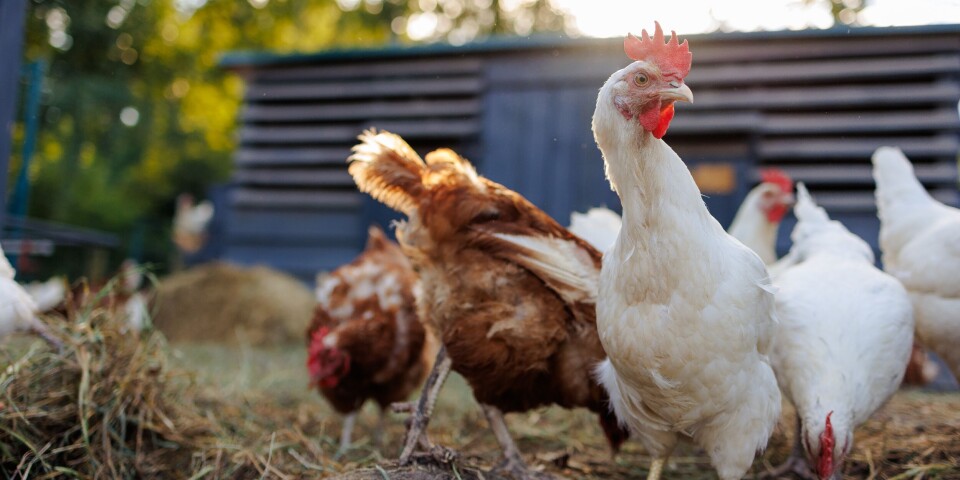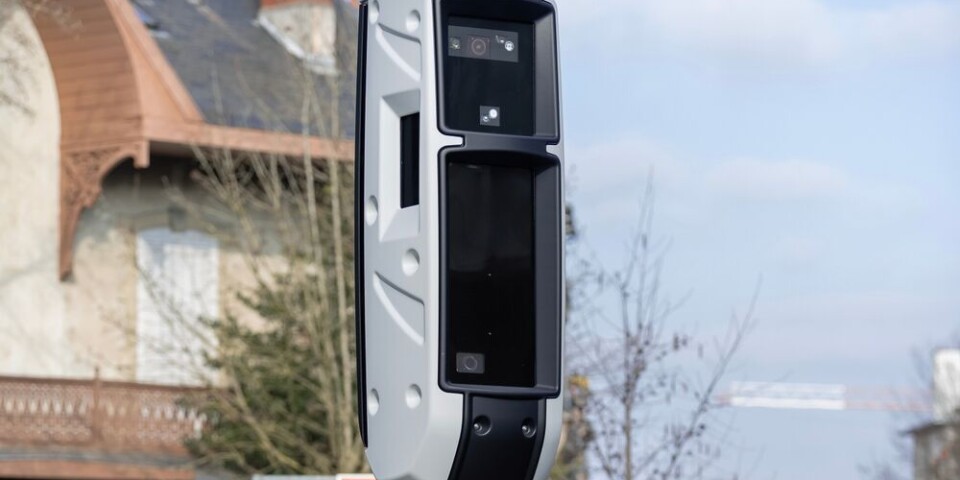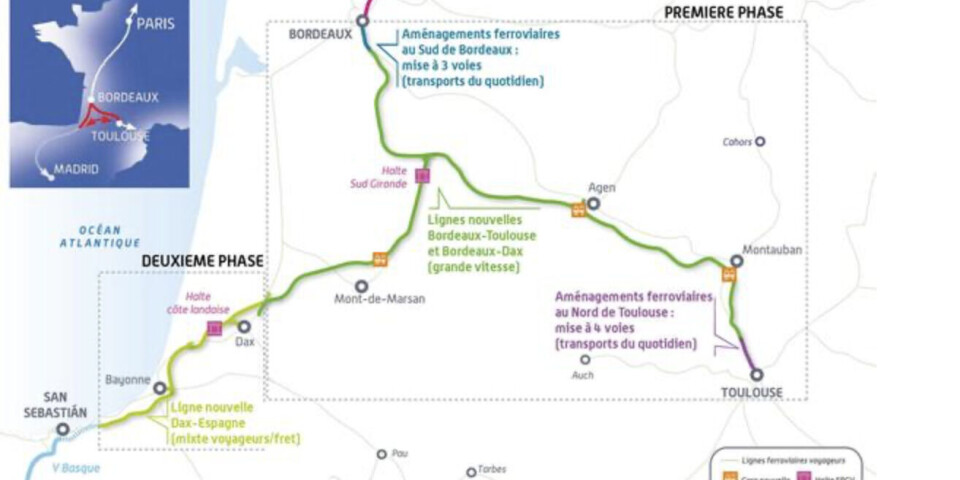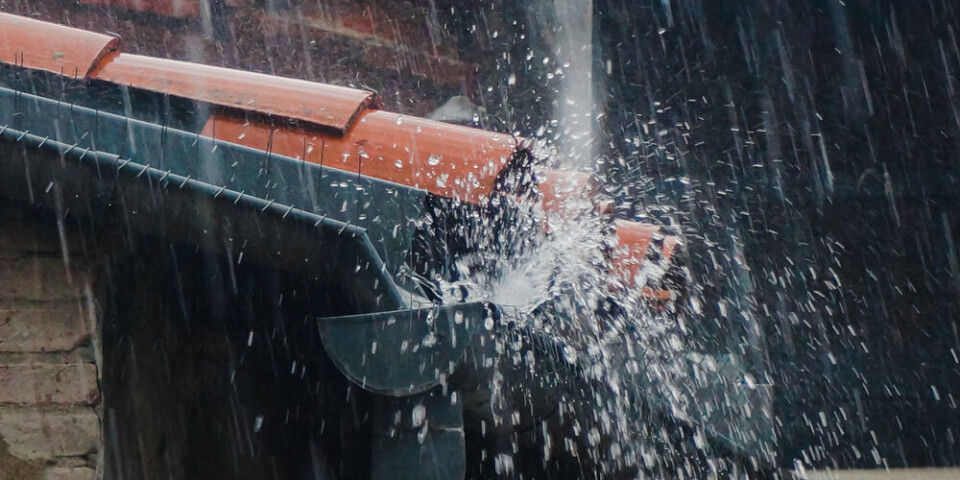French national park hails success of introducing visitor quotas
One area restricted to a daily limit of just 400 people has seen particular success when it comes to flora and fauna recovery
The Sugiton Calanque has seen an improvement in its flora and fauna since the limits were introduced two years ago
Rico Visual/Shutterstock
The introduction of tourist quotas in the Calanques national park near Marseille has been successful, with experts saying the “conditions are now right for new trees” to grow in one area.
Visiting quotas were introduced in the Calanques three years ago, particularly in the Sugiton Calanque near Marseille. The site had been suffering significantly from over-tourism.
One such quota restricts visitor numbers to 400 people per day in the summer for the Sugiton Calanque. Visitors must book in advance, and have a valid QR code to enter the area. Before that up to 2,500 people were visiting daily at the busiest periods.
‘It is an inconvenience to have to remember to book, but it means you can continue to enjoy the beauty of nature,’ said one visitor, Cécile, to FranceInfo.
Overtourism can ruin the condition of the land and flora, for example making it harder for pine trees to find water as their roots become exposed, and causing the soil to erode.
“It is harder for [the trees] to get access to water, and that exposes them to pathogens,” said Antonin Druon, one of Sugiton's rangers. “It is really the trampling of many people that has caused the vegetation to disappear. We have lost around 80 centimetres of soil here in 10 years, it's huge.”
The Massif de Calanques - which spans 20 km by 4 km - has been a protected National Park since 2012. Despite being relatively difficult to access, it receives more than three million visits annually, due to its rugged terrain and beautiful blue lagoons, which make up a rare and beautiful landscape.
It is prized for its exceptional flora and fauna biodiversity, including more than 80 species of bird, lizard, and fish; as well as more than 900 species of plant, of which 38 are protected.
Fauna recovery and new trees
Mr Druon said that visitor quotas at Sugiton have also allowed the vegetation to recover partially, and new trees to grow as a result.
“This means that the conditions are right for them to grow, so we can finally have new trees in this cove. It is a great success,” he said.
However, it will take much longer for plants to grow back to their usual health and height, including other pine trees, pistachio trees, honeysuckle, and the dwarf snowbell, which only grows on the Provence coast.
Birds and fauna recovery
The fauna in the area have also benefited.
For example, the area is home to yellow-legged gulls, which are a protected species, as well as cormorants. They also suffered from over-tourism, especially excess noise, said Clémentine Tacchino, an environmental guardian at the park.
“Overcrowding and sometimes even noise pollution can disturb them. All around us, there are a lot of cliffs and rocks. That accentuates the noise which can have an impact on the wildlife that may nest in those same cliffs. There is a risk that they will go elsewhere,” she said.
This is another reason for the visitor number limit, as well as a ban on loudspeakers in the cove. Visitors must also stay on the marked path, to avoid exposure and noise to these birds.



